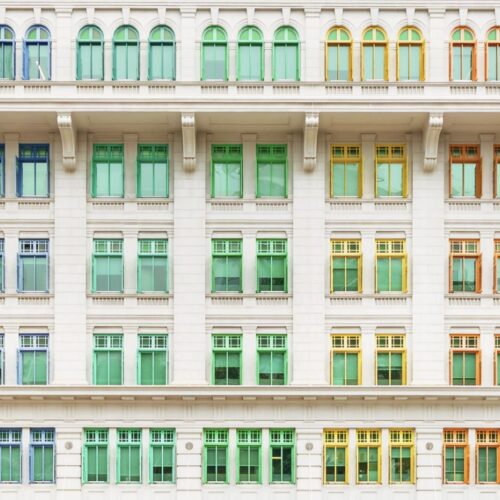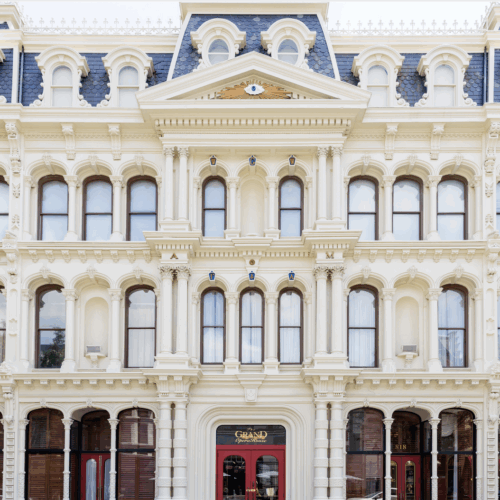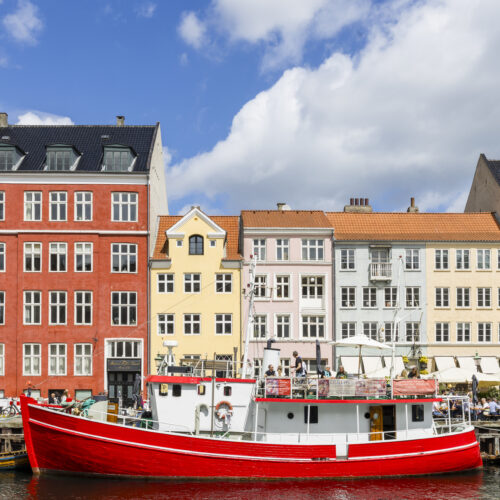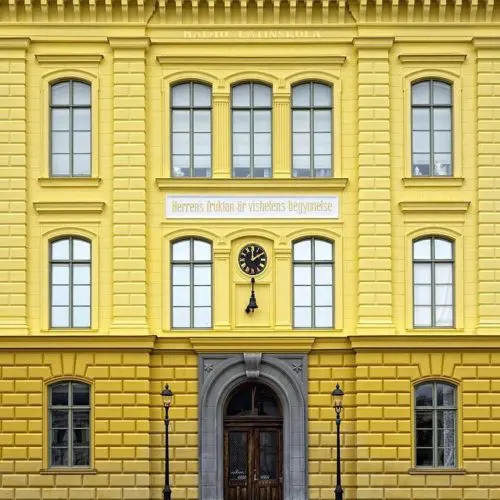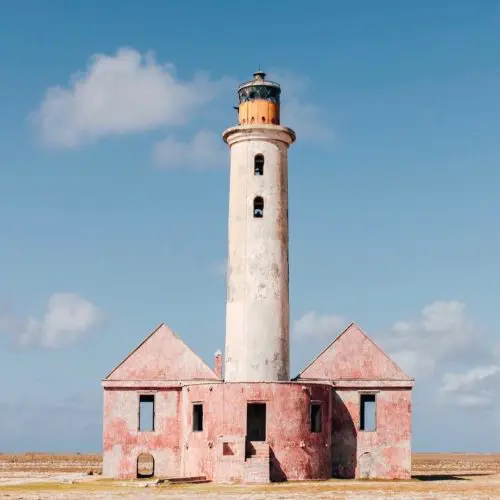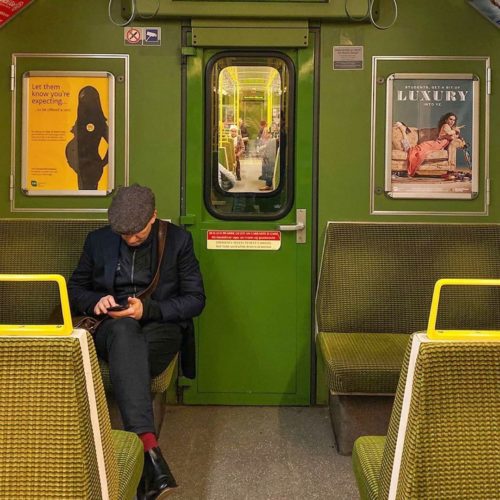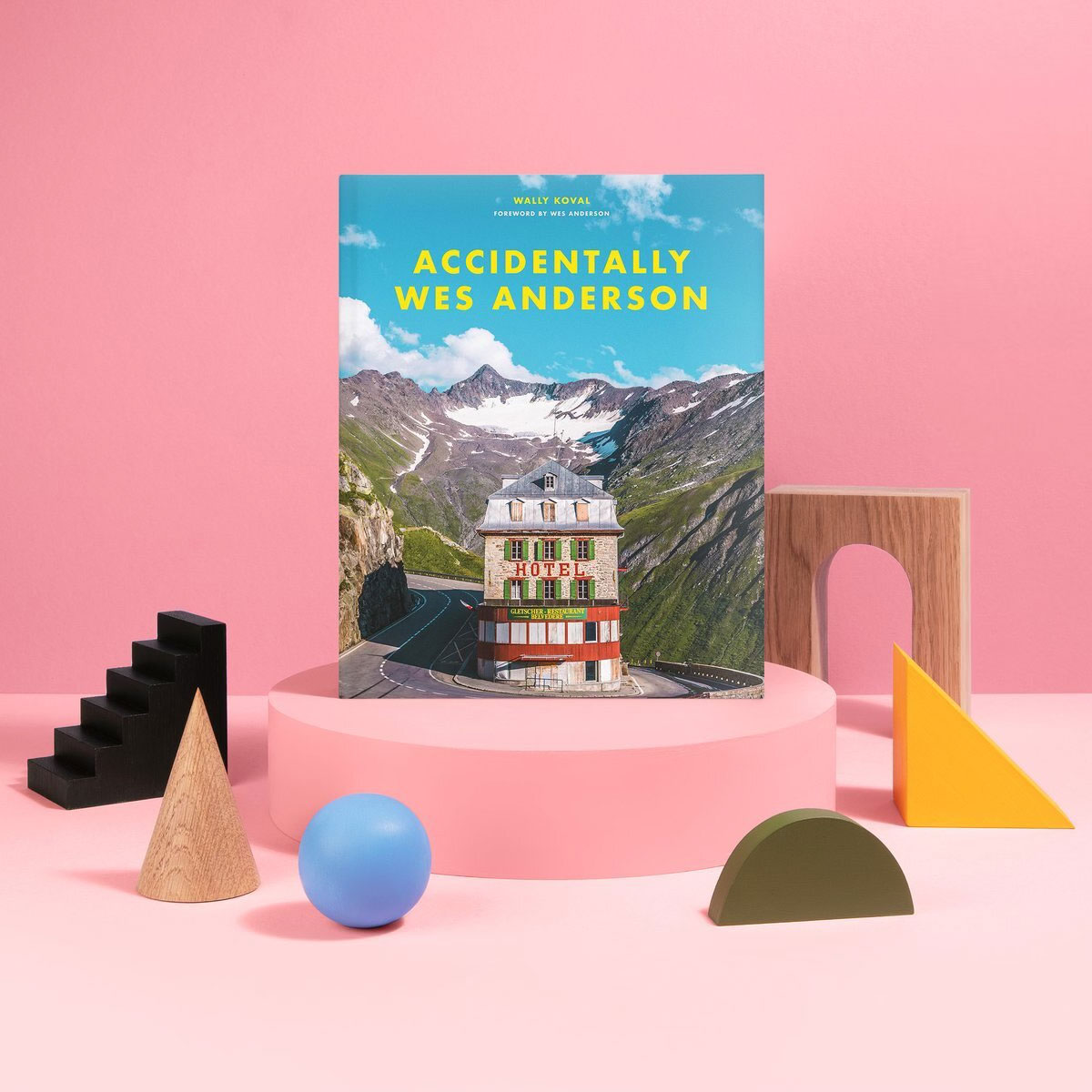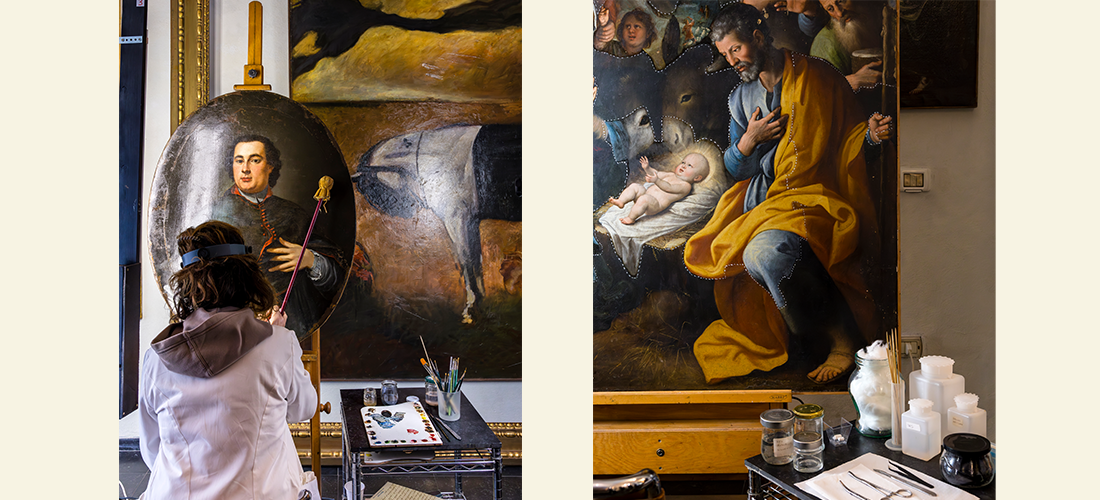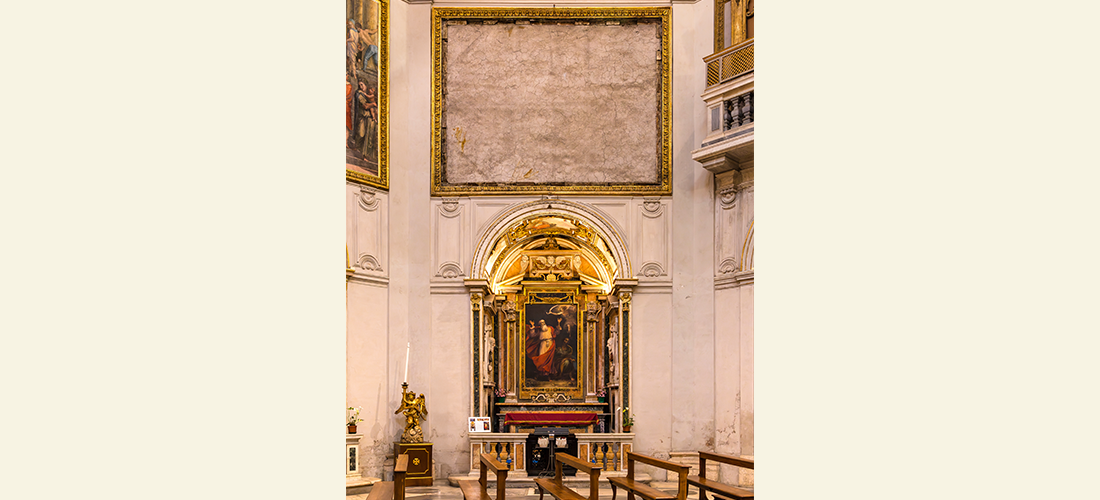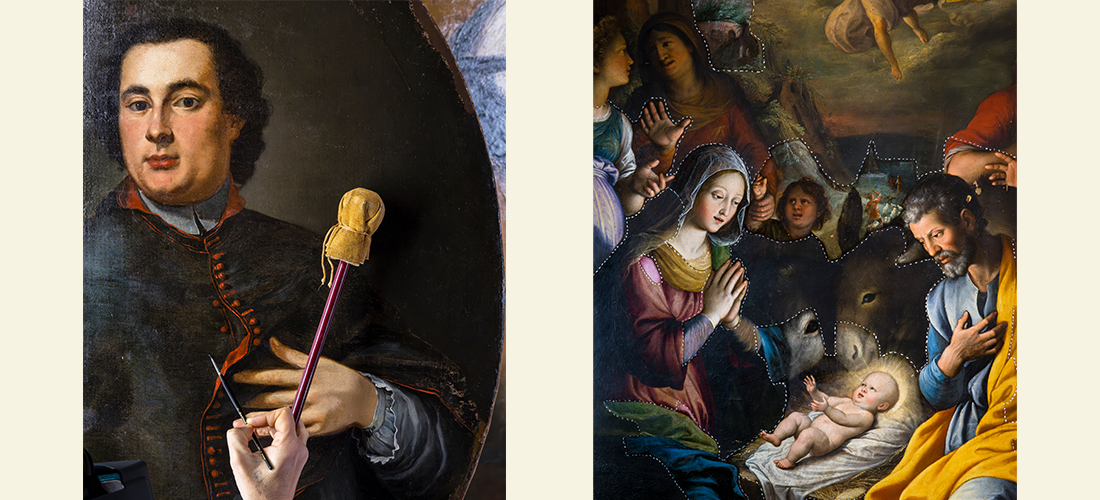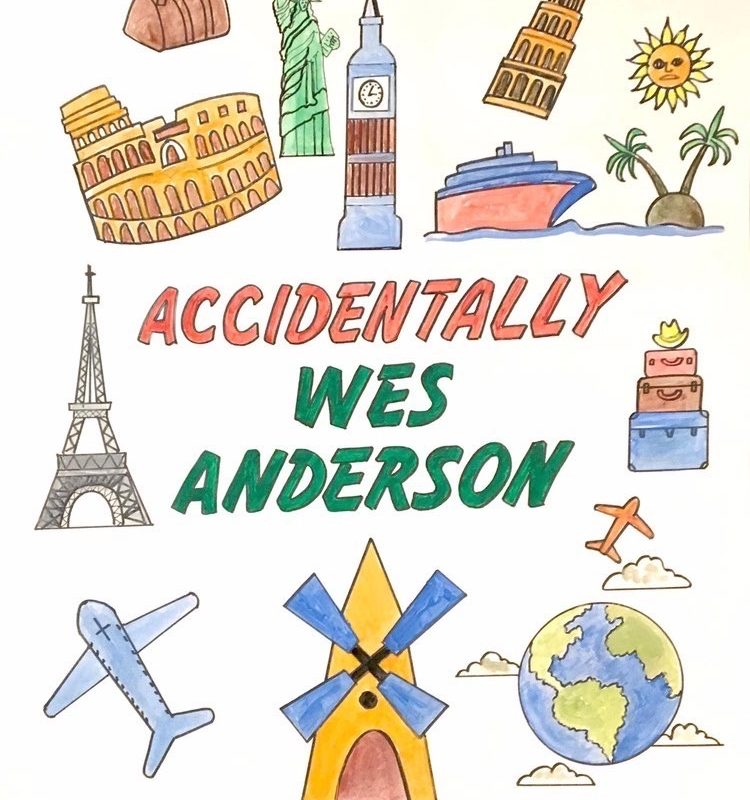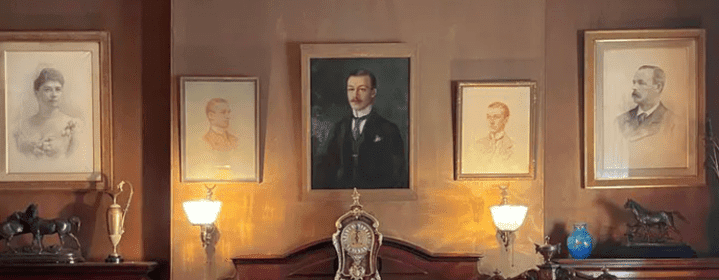Pablo Picasso once said, “Art washes away from the soul the dust of everyday life.” Well, if Pablo is right, then we need someone to wash away literal dust on the art itself, so art can continue to wash away life’s metaphorical dust. That’s where Valeria Merlini and Daniela Storti come in.
Merlini and Storti specialize in the conservation and restoration of works of art and cultural heritage, including canvases, panels, sculptures, and even frescoes. However, Merlini and Storti’s cleaning and restoration methodology is artwork in itself. They created the open restoration format in 1999 while restoring Michelangelo Merisi da Caravaggio’s The Pilgrim’s Madonna located in the Basilica of St. Agostino in Campo Marzio in Rome. Open restoration is performed visibly to the public, offering the public a unique opportunity to engage with masterpieces during critical moments of their conservation, providing insight into the restoration process.
Merlini and Storti have quite the portfolio, undertaking numerous large-scale projects such as the restoration of the Saint Jerome of Croats Church in Rome, where they worked directly on the church’s magnificent frescoes. Case in point: if you stumble upon the Chiesa di Santa Maria della Pace, you may notice somewhat of a gaping hole in the wall. That’s because Merlini and Storti are actively restoring a piece of Roman history- just before our eyes. Once the art restoration team does their magic, the work of art will be placed back in the church, for all to see and admire.
They also restored well known works such as Caravaggio’s Conversion of Saul (part of Princess Odescalchi’s private collection), Luca Giordano’s Christ among the Doctors, and Busts of the Corsini Palace (restored on-site). Just to name a few.
The Holy Family by Giulio Romano underwent a publicly viewable restoration in 2007—led by Merlini and Storti, backed by scientific diagnostics, and fully funded by sponsors—marking the first time an institutional space hosted such a public, educational conservation effort.
According to Italian painter Giovan Pietro Bellori in 1672, painters in Rome at the time looked upon Caravaggio’s work “as miracles.” Valeria Merlini and Daniela Storti’s work restoring iconic art—including numerous Caravaggio works—ensures that over 350 years later, people can still look upon the art as miracles.
They’re preserving history while creating it; leaving their mark by removing any found on pieces of art.

